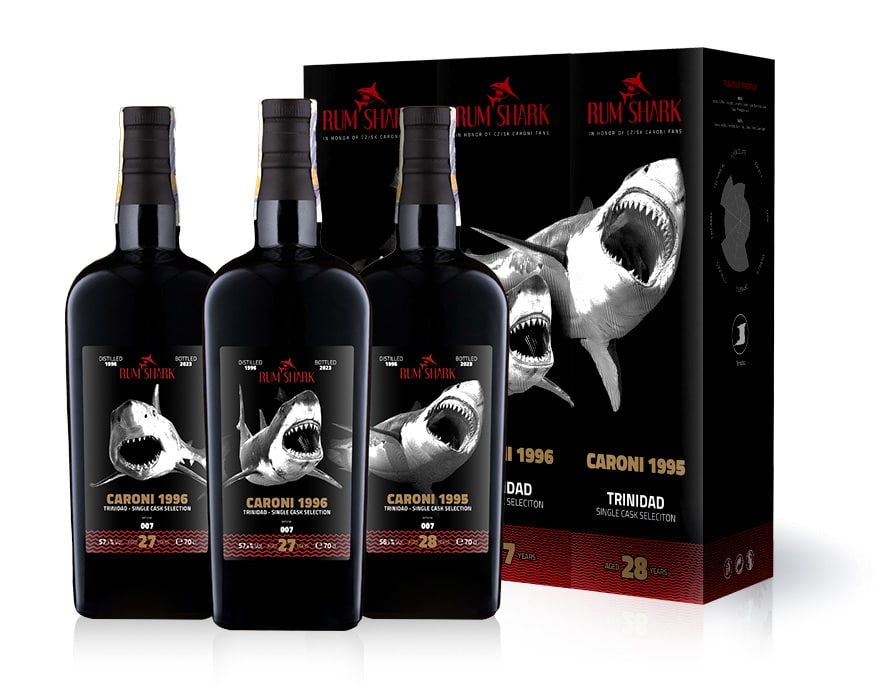
Caroni 1996
Trinidad Single
Cask Selection
Distilled: 1996
Age: 27 years (9 tropical, 18 continental)
Bottled: 2023
Natural color: Yes
Cask type: Recycled Sherry Butt
ABV: 57.1 % (cask strength)
Caroni 1996
Trinidad Single
Cask Selection
Distilled: 1996
Age: 27 years (9 tropical, 18 continental)
Bottled: 2023
Natural color: Yes
Cask type: Recycled Sherry Butt
ABV: 57.8 % (cask strength)
Caroni 1995
Trinidad Single
Cask Selection
Distilled: 1995
Age: 28 years (10 tropical, 18 continental)
Bottled: 2023
Natural color: Yes
Cask type: Recycled Sherry Butt
ABV: 56.2 % (cask strength)
Mysterious Caroni. The distillery, whose rum was during its peak times a key part of a unique blend for the British Navy. But also a distillery that fell right to the bottom and was almost forgotten due to lack of any interest in the late 20th century. Abandoned premises, equipment that was falling apart, and warehouses full of aging rums were laying here without any attention. Thanks to Velier company these unique rums from Trinidad went through the renaissance and became one of the most sought-after rums in the world at the beginning of the 21st century.
The sugar cane was brought to Trinidad by the Spanish settlers around 1542 but was used mostly for their own consumption at that time. It wasn‘t until 1782 when Frenchman St. Hilaire Begorrat brought the “Otaheite“ variety of sugar cane and found out that the local conditions are just perfect for its growth. Few years later in 1787 another Frenchman named Picot de la Peyrous has built the first sugar refinery. More sugar refineries appeared soon after and sugar became the most exported commodity in Trinidad with more than 270 sugar refineries at the beginning of the 19th century. However, due to the rationalization, the amount dropped to about 100 sugar refineries around 1880 (with a yearly sugar production of circa 53.000 tons).
Caroni distillery was also originally built as a part of the sugar refinery. Allegedly, the distillery was founded in 1918 but there is an article in the local newspaper called “Port of Spain Gazette“ mentioning the distillery already in November 1914. The sources from the times state that the distillery used cast iron distillation equipment back in 1918. Wooden distillation still of the “Coffey still“ type was installed when the sugar refinery and the distillery were bought by the British company Tate & Lyle in 1936. In 1957 they have added single-column distillation equipment from the Esperanza Estate to produce rum with high ester content. During 1980 they have installed four-column equipment to produce a neutral spirit. The last change was the replacement of the cast iron and the wooden distillation stills for a pot still and double-column still in 1984. The distillery was then set to produce a wide range of rums, from the very light to the very heavy ones.
Around 1970, Trinidad has been hit by the Caribbean sugar crisis and the government had to buy 51 % of Caroni‘s assets to maintain the company running. The remaining 49 % was still owned by Tate & Lyle which was still managing the production. Caroni alongside Fernandes and Angostura were the last standing distilleries in Trinidad throughout those difficult times. Unfortunately, the sugar market was still falling during the following years and the government had to take over the whole ownership and management of the company in 1975. During the same year the name was changed to Caroni (1975) Limited. Even over the next 25 years they have not managed to stop the company‘s loss and in 2000 the government has decided to sell 49 % of the Caroni‘s shares. The most convenient company was Angostura but due to a disagreement over the value of the rum stocks in the warehouses, the deal failed. The aging rum stocks were eventually sold to several individual companies.
One of the companies that bought part of the aging rum stocks from Caroni was an Italian company called Velier ran by the well-known Luca “Ruruki“ Gargano. It was a pure coincidence that has led Luca into the closed and ruined premises of the distillery. He was searching for extraordinary stories for his book about rums when he discovered barrels full of aging Caroni rum (some of them were stored since ‚70s). They mesmerized him straight away and without any further doubts, he has bought a significant part of the stock. He left part of the rums in Trinidad and part was taken to Guyana to DDL for further maturation. And since 2005, Luca has begun releasing Caroni rum under the Velier brand. His brave decision to bottle the rums in their natural undiluted form made them very popular and Caroni rose from the ashes like the legendary Fenix once again. Well, and as the saying goes, the rest is history.
This story of Caroni rums stands as a witness of indisputable fact, that honest craftsmanship, tropical climate, and authentical presentation can be even stronger than a bad fortune. Taste with us the rum whose name became legendary all around the globe.
CARONI 1996 – 57.1 %
FLAVOUR PROFILE
NOSE: Chocolate, Dried Fruit, Citruses, Technical, Coffee, Propolis, Black Tea, Oily, Honey, Earthy
TASTE: Dark Chocolate, Burnt Oak, Bitter Almonds, Honey, Exotic Fruit, Mineral

CARONI 1996 – 57.8 %
FLAVOUR PROFILE
NOSE: Citruses, Exotic Fruit, Red Orange, Baked Toast, Honey, Propolis, Technical, Dark Chocolate, Oily, Earthy
TASTE: Dark Chocolate, Exotic Fruit, Dried Fruit, Honey, Bitter Almonds, Burnt Oak, Mineral

CARONI 1995 – 56.2 %
FLAVOUR PROFILE
NOSE: Vanilla, Chocolate, Orange, Technical, Dried Fruit, Citruses, Polish, Propolis, Oily
TASTE: Dark Chocolate, Burnt Oak, Exotic Fruit, Bitter Almonds, Grapefruit, Coffee, Honey, Technical

Copyright © RUM SHARK s.r.o., 2023. All rights reserved.
